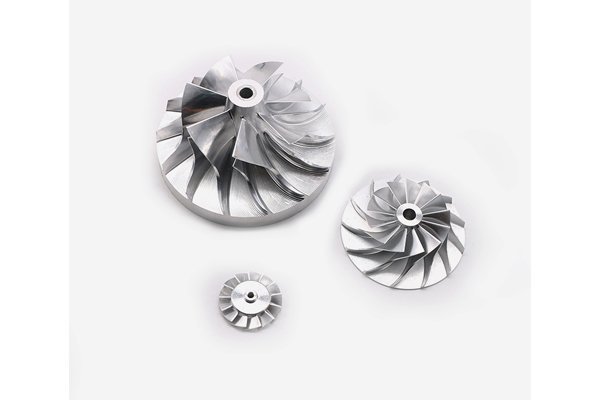Opening:
Did you know that the machinability rating of metals can vary significantly, affecting production efficiency and cost? Machinability, defined as the ease with which a material can be machined into a desired final shape, plays a critical role in the manufacturing industry. In CNC (Computer Numerical Control) machining, understanding the machinability of ferrous metals versus their alloys can make a substantial difference in operational efficiency and the quality of the finished product. In this blog, we will delve deep into the intricacies of machinability, comparing ferrous metals and their alloys to provide you with the insights needed for optimized production.
—
Understanding Machinability
Machinability is influenced by various factors including material hardness, toughness, thermal conductivity, and the presence of impurities or alloying elements. The key aspects that determine how easily a material can be shaped include:
Ferrous Metals: An Overview
Ferrous metals, primarily containing iron, exhibit certain fundamental characteristics. They are typically strong, durable, and magnetic, making them suitable for a wide array of applications in industries such as construction, automotive, and manufacturing. Common ferrous metals include:
Alloys: Enhancing Machinability
Alloys are created by combining two or more metals, or a metal with another element, to enhance certain properties such as strength, corrosion resistance, and machinability. Common ferrous alloys include:
Comparing Machinability of Ferrous Metals vs. Alloys
Ferrous metals display a range of cutting performance characteristics. For instance, cast iron has excellent machinability due to its ability to break into small chips, minimizing tool wear. In contrast, stainless steels, while advantageous in many applications, tend to have poorer machinability because of their higher strength and toughness, which can lead to work hardening during machining.
Moreover, the specific alloying elements significantly affect machinability. For example, adding sulfur to carbon steel can lead to better chip formation and tool life, enhancing its machinability.

Choosing the right tooling is critical when machining ferrous metals and alloys. Tools must withstand the specific demands of the material being machined. Carbide tools, while more expensive, offer superior durability and can handle the tough cutting conditions presented by alloy steels. High-speed steel (HSS) tools, while adept for softer materials, may struggle with harder alloys.
Factors to consider include:
Machining parameters such as cutting speed, feed rate, and depth of cut significantly impact the performance of ferrous materials versus alloys. Here are a few guiding principles:
Practical Solutions for Comparing Machinability
Best Practices for Machining Ferrous Metals and Alloys
In conclusion, understanding the machinability of ferrous metals and their alloys is crucial for optimizing CNC machining processes. Factors such as cutting performance, tool selection, and machining parameters play a significant role in ensuring high-quality production while minimizing costs. By implementing a systematic approach to compare machinability, utilizing both empirical testing and innovative software solutions, manufacturers can significantly enhance operational efficiency.
The importance of this blog lies in its ability to navigate the complexities of machinability. As the manufacturing landscape evolves, staying informed and adaptable will be essential for achieving success in CNC machining. Whether you are an engineer, a shop owner, or simply someone interested in machining, understanding these nuances can empower you to make informed choices, leading to better products and a more competitive edge in your industry.






